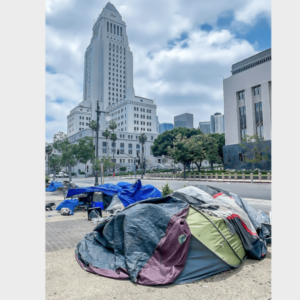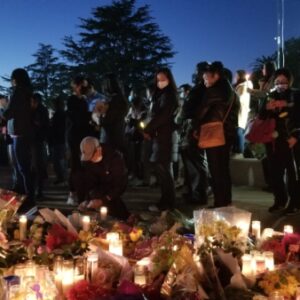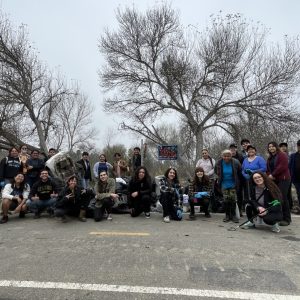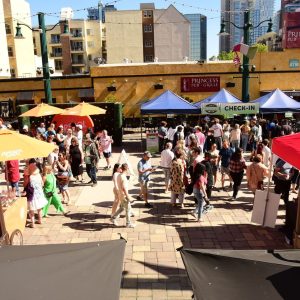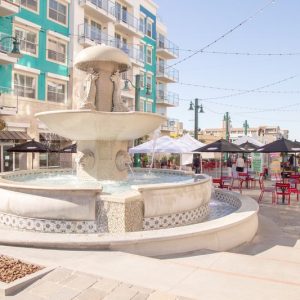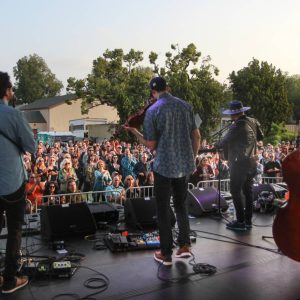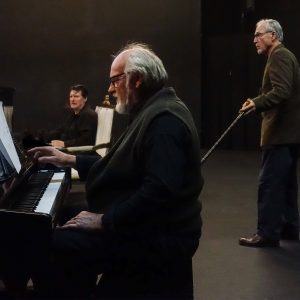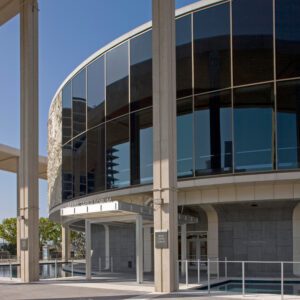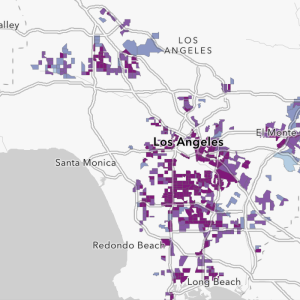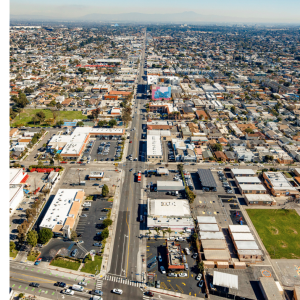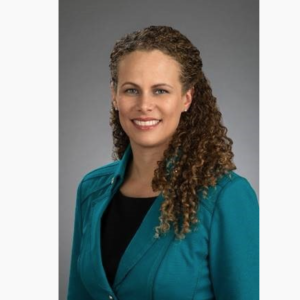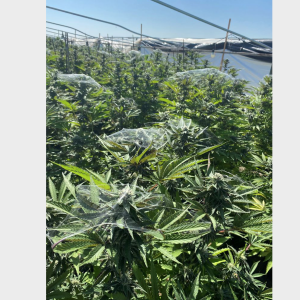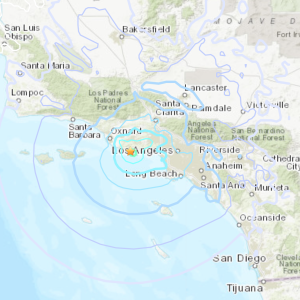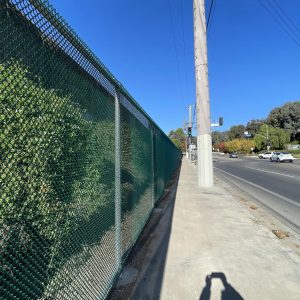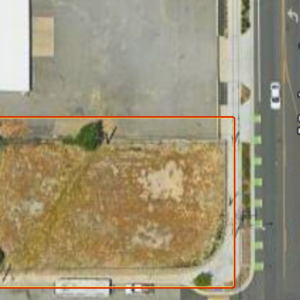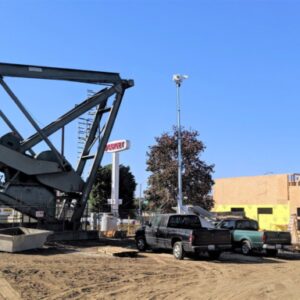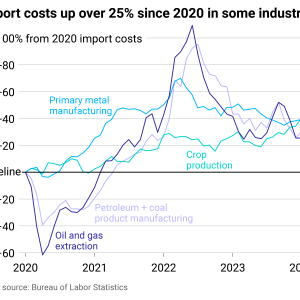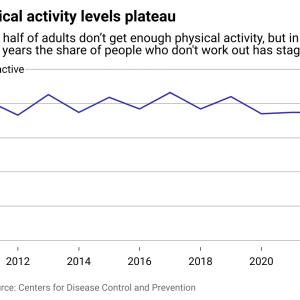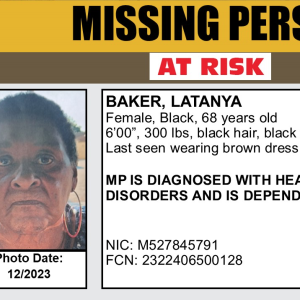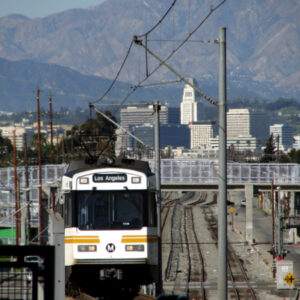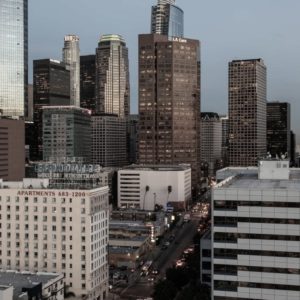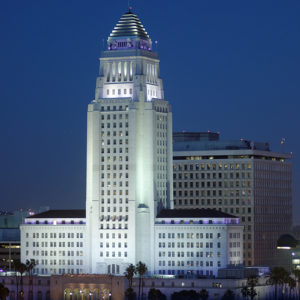 View Winners →
View Winners → 
Eagle Rock. | Photo by Jamie Street on Unsplash
Low-income neighborhoods with higher Black, Hispanic and Asian populations experience significantly more urban heat than wealthier and predominantly white neighborhoods in the Southland and within a vast majority of populous U.S. counties, according to a UC San Diego School of Global Policy and Strategy study released Tuesday.
The researchers, whose findings are published in the journal Earth’s Future, analyzed remotely sensed land surface temperature measurements of 1,056 U.S. counties which have 10 or more census districts. The analysis revealed that for 71% of those counties, land surface temperatures in communities with higher rates of poverty can be up to 7 degrees Fahrenheit warmer, compared to the richest neighborhoods during the summer months. The same is true for minority communities across the country compared to their non-Hispanic, white neighbors — even when controlling for income.
“The physical features driving surface heat spikes in these urban environments are fairly consistent across the country, even for cities with very different geographies and histories,” said first author Susanne Benz, who was a postdoctoral fellow supported by the School of Global Policy and Strategy’s Big Pixel Initiative while conducting the study.
“Systematically, the disproportionate heat surface exposures faced by low-income communities with larger minority populations are due to more built-up neighborhoods, less vegetation, and — to a lesser extent — higher population density,” she said.
Nearly all of Los Angeles County south of the San Gabriel Mountains, with the exceptions of affluent enclaves Malibu, Rancho Palos Verdes and Beverly Hills, show up bright red on the map — a sign of five degrees Celsius warmer than the average temperature on a summer day.
Orange County is similar, with Santa Ana, Anaheim, Irvine and Orange much warmer than wealthier, more southerly and coastal cities such as Newport Beach, Laguna Niguel and San Clemente.
Western Riverside County shows up bright red, but cools down — relatively — when headed east into Palm Desert, Palm Springs and Indio.
Benz co-authored the paper with her postdoctoral supervisor Jennifer Burney, the chair in Global Climate Policy and Research at the school.
“Particularly in summer, warming in cities due to alterations of the surface energy balance jeopardizes human health and productivity,” Burney said. “The distribution of excess urban heat varies within cities, and as a result, communities do not share a city’s extreme heat burden equally.”
Extreme heat has been linked to a range of consequences for humans, from premature births, to lower test scores, decreases in productivity and increased risk of heat stroke among children and the elderly, the researchers said.
Benz and Burney were able to analyze surface temperature changes caused by urbanization on a neighborhood-by-neighborhood scale by using satellite data. They compared those statistics to census district demographic information to quantify environmental inequities in urban climates.
The researchers have made the data publicly available at https://sabenz.users.earthengine.app/view/urbanheatusa, which community members can use to see how the temperatures in their neighborhood compare to surrounding areas.
In a separate study published in Environmental Research Letters, Benz, Burney and co-author Steven Davis of UC Irvine utilized the same methodology to provide a global analysis of heat anomalies that occur in all cities by comparing temperatures in urban areas to nearby and otherwise similar rural areas.
The data include urban heating measurements for the more than 13,000 of the world’s major city clusters.
The study reveals 75% of urban populations in those cities — about 1.8 billion people — experience urban heat during the daytime and nighttime in summer. On average, a person living in an urban environment is exposed to temperatures that are 6 degrees Fahrenheit warmer than temperatures in their rural surroundings during summer days.
The results have major implications, as more than half of the world’s population now lives in urban areas. With warming increasing and trends of rural-to-urban migration expected to continue through the end of the century, the number of people living in extreme urban heat is expected to grow by 20%, affecting more than 2 billion people by the end of the century, the researchers said.
The team looked for global patterns that explained why certain cities had a lower urban heat burden than others, or even maintained cooler temperatures than their rural surroundings. They found vegetation and the number of built-up areas to be the two biggest drivers that create or offset heat within urban areas. Examples include desert cities like Palm Springs, which experience urban cooling due to more vegetation and light-colored street surfaces, roofs and other building materials.
“With more trees and greenery planted and changing building materials to pale colors that attract less sun, damages caused by urban heating in these areas could be offset,” the authors note.
The research team found that more vegetation planted could reduce summer temperatures on average by 1 degree Fahrenheit for 59% of the urban population. If building and roof colors were adjusted, in addition to more vegetation added, temperatures can drop by as much as 4.6 degrees Fahrenheit, reducing heat for 83% of urban residents, around 27% of the world’s population.
“Smart urban planning cannot continue to be treated as a luxury item or else the most vulnerable populations will be further left behind and heat- based suffering will worsen for billions around the world,” Benz and Burney wrote. “Access to livable urban temperatures for all neighborhoods must become something we consider as essential for the vibrancy and functionality in our cities.”




